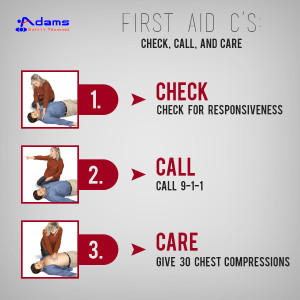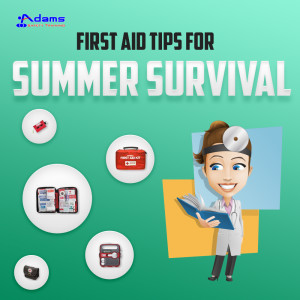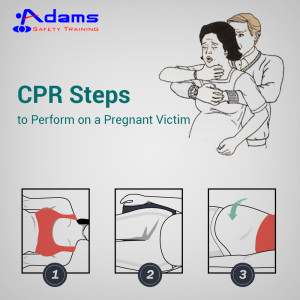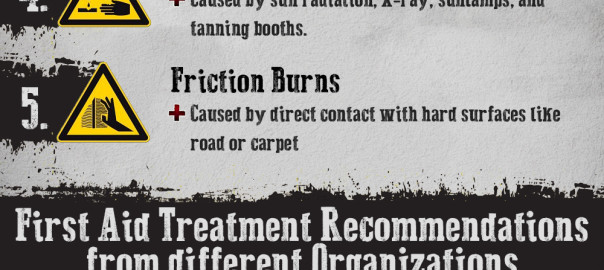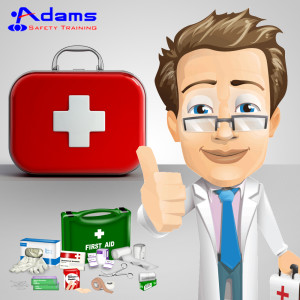The Pediatric first aid course is designed for people caring for young children and infants. All childcare professionals are required to have a CPR and First Aid certification, which needs to renewed every 1 to 2 years. So, let’s have a brief look into the Pediatric First Aid Course:
Who should attend the course?
Anyone can take this course to learn more about first aid for babies and children. Though, it is suitable for babysitters, nannies, pre-school workers, crèche workers, sport and leisure staff, parents and anyone responsible for children welfare.
What are the contents of the course?
Pediatric first aid training courses vary from 2 hours to two days. People attending Pediatric first aid class will learn and understand how to administer emergency first aid when an infant or child is choking, unable to breathe, has a chronic medical condition or sudden illness, and other lifesaving skills. Participants also learn to perform CPR and operate automated electrical defibrillator (AED).
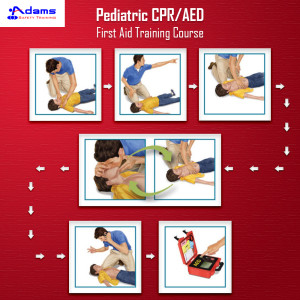
Pediatric First Aid Certification
On completion of the course, participants will learn about a comprehensive set of skills that may enable them to save a life during emergencies involving infants and children. They will be certified in both First Aid and CPR/AED and a certificate will be issued which is valid for 2 years.

